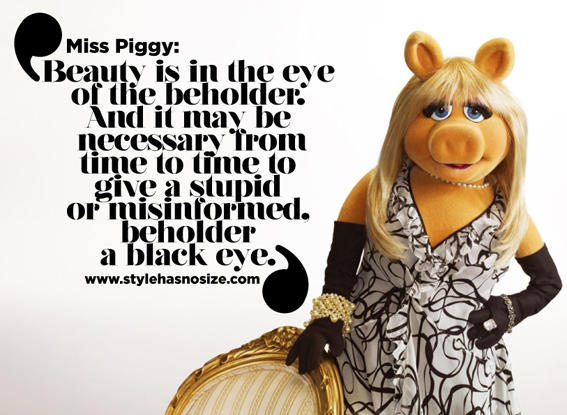
Some people find things beautiful that others do not.īeauty can be said to be subjective and dependent on observation and opinion. In summary, ‘beauty is in the eye of the beholder’ signifies that:

And, to reiterate, what is not particularly beautiful to one person will be stunningly beautiful to another. Thus, on this view of beauty, something is beautiful because others find it beautiful. This object may not be said to be beautiful unless it is deemed to be so by people who look at it. However, when beauty is thought to be subjective, beauty exists in the thoughts and opinions of the person looking at an object. When beauty is objective, it exists in the beautiful object – and everyone ought to find that object beautiful. The proverb also suggests that ‘beauty is something subjective rather than objective’. If one person finds something very beautiful and the other doesn’t, this would be an appropriate time to cite the proverb. This proverb means that ‘what may appear beautiful to one person does not necessarily appear beautiful to others’. Hungerford was well known in her time for coming up with catchy sayings and proverbs, however this proverb is by far her most famous one. In her novel ‘Molly Bawn’ (her most well known book), she included the idiom ‘beauty is in the eye of the beholder’. Hungerford lived between 18, and she tended to write using a pen name: ‘The Duchess’. Thomas said he would not believe unless he touched the wounds of Christ, he was refusing to leave beauty out of the picture, for without beauty, truth and goodness are mere fideism, mere moralism.This proverb, ‘beauty is in the eye of the beholder’ is attributed to Margaret Hungerford who was an Irish novelist.

Understood rightly, "Beauty is in the eye of the beholder" simply means "Taste and see the Lord is good." When St. For this reason, beauty has the power to pacify, to sublimate, and to terrify. Proportion, harmony, and symmetry might be found floating around in the blue, ethereal realm of the forms, but beauty is only known through profound confrontation. Rather, beauty is the point at which knowledge of God must be tasted, not merely acknowledged by way of rational assent.
Eye of the beholder meaning free#
In this, the true meaning of “Beauty is in the eye of the beholder” is not that every man is free to determine beauty on his own terms. If Tom tells Harry, “I was cold today and a stranger gave me the coat off his back,” Harry might reply, “What a good man!” However, if Tom tells Harry, “I saw a beautiful woman today at the flower shop,” Harry cannot reply, “What a beautiful woman!” When it comes to beauty, we say, “I have heard Beethoven’s 7 th is beautiful,” or, “I have heard Friedrich painted beautiful landscapes,” but unless our eyes have actually beheld the beauty in question, we can only report what we’ve heard. On the other hand, we are generally unwilling to grant a thing is beautiful unless we have laid our own eyes on it. “There’s a good mechanic over in Lakeside where you can take your car,” I say, even though I don’t him from Adam. Similarly, I am willing to recommend a certain auto mechanic to my friends even if that mechanic has not serviced my car, simply because I have heard credible testimony about the mechanic from others. We come to believe a man is a good man by the testimony of witnesses, even while we have not met him personally. The irregular place of beauty among the three transcendentals owes to the fact that beauty must be experienced directly, while we are willing to acknowledge truth and goodness via proxy. In various treatises on the subject, Roger Scruton argues that between truth, beauty, and goodness, beauty is something of an odd-man out. CiRCE Fall Conference - The Face of Godįew maxims are likely to excite the concern of a classicist quite like, “Beauty is in the eye of the beholder.” The claim rings with the kind of subjectivity that eschews the transcendent and easily slips into radical relativism.The Four Elements of Classical Education.A Brief Introduction to Classical Education.




 0 kommentar(er)
0 kommentar(er)
